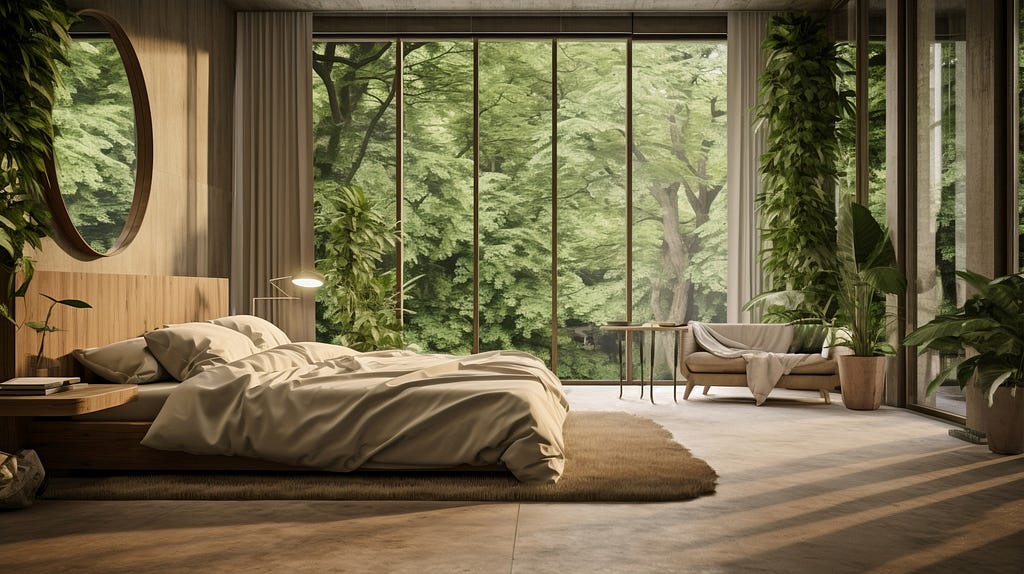The Intersection of Psychology and Interior Design: How Spaces Influence Behaviour?

What if the way we feel, think, and act could be profoundly influenced by the spaces we inhabit? The complex interaction between built environments and human behaviour and cognition is symbolised by the junction of psychology and interior design. Architects and designers who want to build spaces that improve human usefulness and well-being comprehend this intersection aptly in their projects. From the calming hues of a bedroom to the vibrant energy of a creative workspace, the design of our surroundings impacts our moods and even productivity. In this article, Ar. Prashaant Kochhar, Co-founder and Principal Architect of ‘LTDF’ delves into how interior design affects behaviour and the psychological principles behind it.
Understanding Design Psychology
Design psychology revolves more around the relationship of individuals with their surroundings. It posits that physical spaces influence cognitive processes and social interactions. How one perceives space affects their behaviour! For example, a cluttered room might induce stress, while an organised one might promote focus. Design elements like layout and lighting provide subtle cues for how spaces should be used, encouraging specific activities such as collaboration or contemplation.
Impact of Colour Psychology in a Space
Colours are among the most powerful design tools, influencing emotions and behaviours subconsciously. Warm tones like red and yellow evoke energy and passion but can also incite anxiety in excess. Cool tones like blue and green are calming, and often used in bedrooms or therapy rooms to reduce stress. In workplaces, designers might opt for shades of green and blue to enhance focus and creativity. Spaces like cafes or diners often use red to stimulate appetite and energy.
The Power of Spatial Layouts
The arrangement of furniture and open spaces within a room can influence how people interact. Open floor plans, often seen in modern offices, encourage communication and teamwork. However, they must balance openness with designated quiet zones to prevent overstimulation. In contrast, private nooks or enclosed areas foster solitude and concentration, crucial in homes and libraries.
The Human & Nature Connection
Biophilic design integrates natural elements into interior spaces to promote health and well-being. Plants and water features improve air quality and reduce stress. Organic shapes and patterns mimic natural forms, creating a sense of harmony. Spaces that blur the boundary between indoors and outdoors, like courtyards or large windows overlooking greenery, foster a sense of freedom.
Emotional Well-being as the Ultimate Goal
The success of any interior design lies in its ability to enhance emotional well-being. Thoughtfully designed spaces create a sense of safety and inspiration, contributing to an overall higher quality of life. For reducing stress calm and orderly environments with natural elements lower stress levels. Vibrant colours, cosy textures, and personal touches elevate mood. Spaces that adapt to changing needs and provide comfort help individuals cope with life’s challenges.
The intersection of psychology and interior design reveals that spaces are active participants in shaping our thoughts and behaviours. By understanding the psychological principles behind design, designers can create environments that uplift and connect.





















































